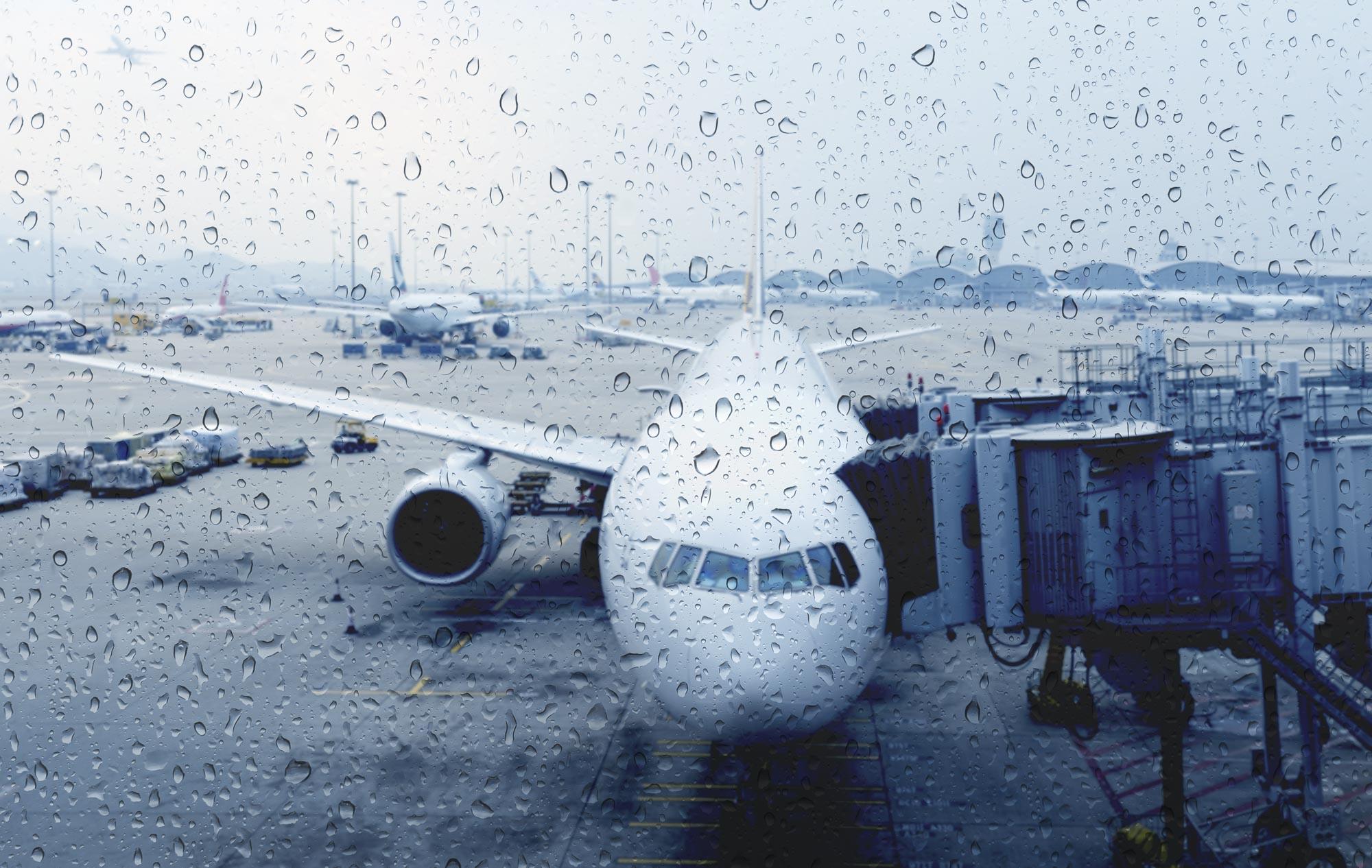
When the skies turn stormy, the unsung heroes of aviation step into action—flight dispatchers. From rerouting flights around thunderstorms to managing delays and turbulence, these behind-the-scenes experts are vital to ensuring safe and efficient air travel. In this blog post, we’ll dive into how weather affects flights and explore the key strategies flight dispatchers use to navigate extreme conditions.
How Weather Impacts Flights
Adverse weather is one of the most common causes of flight disruptions. Here’s how it affects air travel:
i.Flight Delays: Rain, fog, snow, and thunderstorms often reduce airport efficiency and visibility, leading to delays.
ii.Rerouting: Aircraft may need to take longer paths to avoid dangerous weather systems.
iii.Turbulence: Sudden changes in air pressure or wind patterns can make flights uncomfortable—and occasionally hazardous.
iv.Cancellations: In severe weather, flights may be grounded entirely for safety reasons.
The Crucial Role of Flight Dispatchers in Weather Planning
Flight dispatchers are certified aviation professionals who work closely with pilots and air traffic controllers. Their role in weather-related flight planning includes:
i.Monitoring Weather Forecasts: Using real-time meteorological data, dispatchers anticipate potential issues along a flight’s path.
ii.Optimizing Flight Routes: They plan the most efficient and safe routes, adjusting for conditions like storms or jet streams.
iii.Adjusting Altitude and Speed: By altering flight levels and airspeeds, dispatchers help minimize turbulence and fuel consumption.
Storm Rerouting: Keeping Planes Away from Trouble

When storms disrupt airspace, dispatchers step in with fast, informed decisions:
i.Assessing Conditions: They evaluate the severity and movement of weather systems in real time.
ii.Finding Alternatives: Dispatchers select alternate flight paths that bypass turbulence, lightning, or icing zones.
iii.Coordinating with ATC: Once a new route is chosen, it must be cleared with air traffic control to maintain traffic flow and safety.
Managing Flight Delays: Keeping the System Moving

Weather-induced delays can ripple through an entire day’s schedule. Dispatchers mitigate this disruption through:
i.Real-Time Communication: Keeping passengers informed about flight changes helps manage expectations and reduce stress.
ii.Dynamic Rescheduling: Dispatchers work with airlines to reschedule flights, reposition aircraft, and reassign crews.
iii.Passenger Rebooking: When necessary, they coordinate rebooking or rerouting passengers to ensure they reach their destinations.
The Unsung Heroes Behind Every Safe Landing

Flight dispatchers play a pivotal role in aviation safety and efficiency, especially when weather becomes unpredictable. From planning around storms to coordinating last-minute changes, their behind-the-scenes work ensures that flights stay on course—even when the skies don’t cooperate.
Next time you’re delayed due to bad weather, remember: it’s the dispatchers working tirelessly to keep you safe and get you where you need to go.









